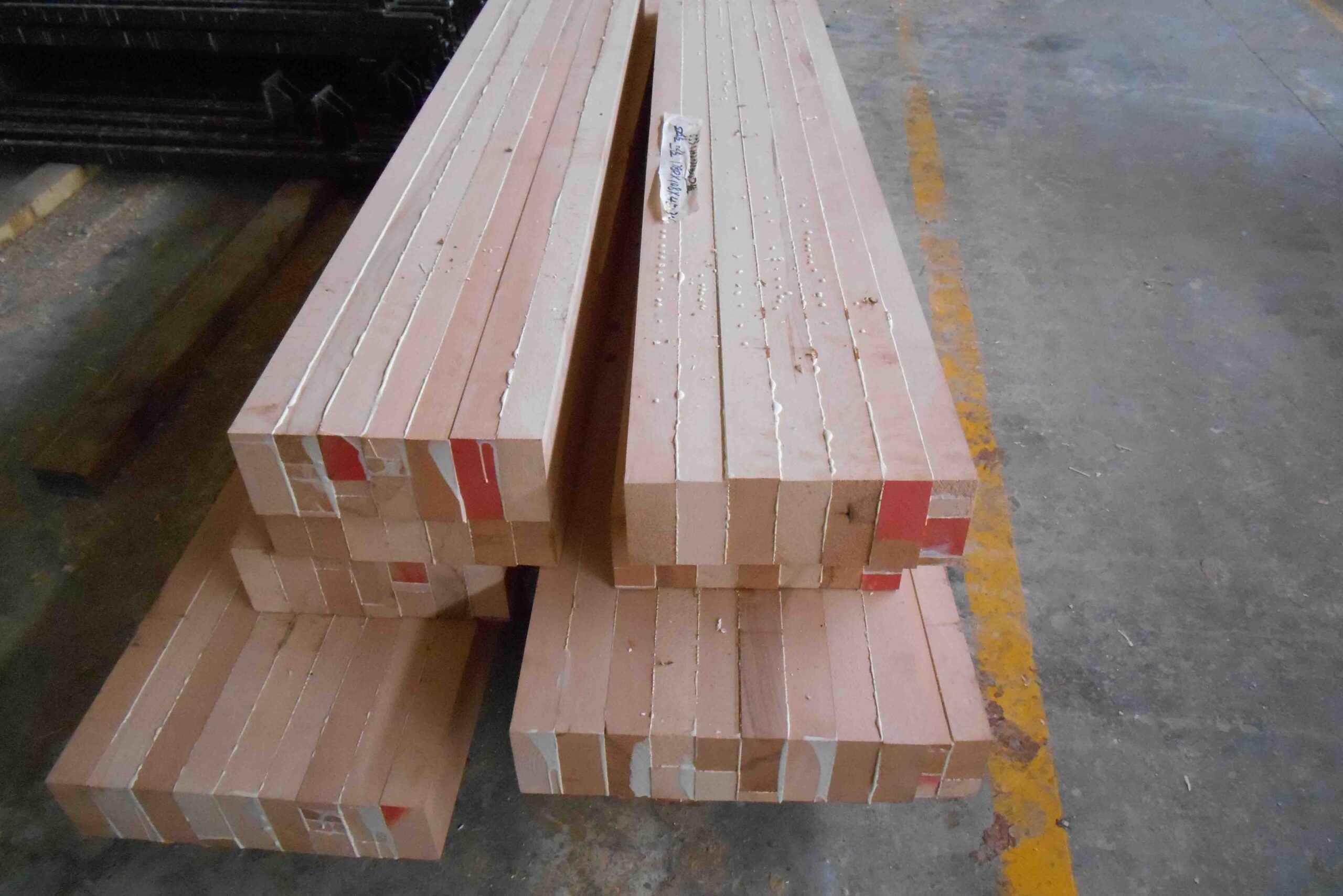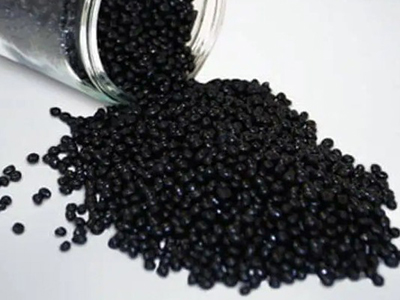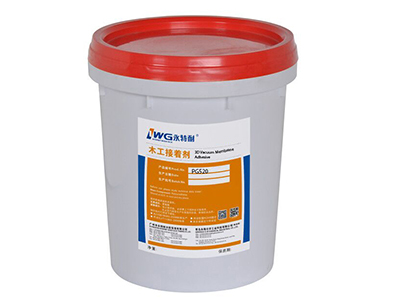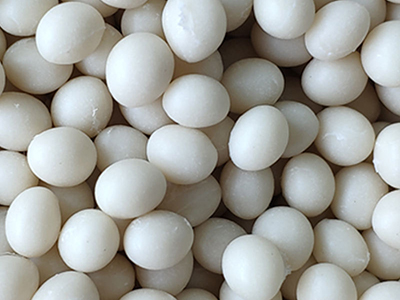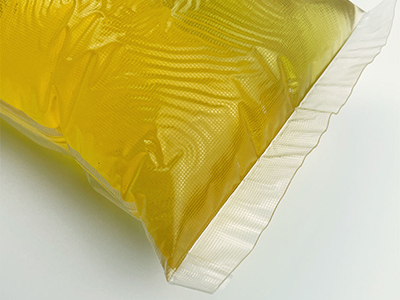Types of wood adhesives
The previous article shared with you 《What are the types of wood adhesives? 》
Next, we continue to share the types of wood adhesives
Amino resin glue
The resins obtained by the reaction of urea and melamine with formaldehyde are all amino resins. Urea-formaldehyde resin is made by the polycondensation reaction of urea and formaldehyde. Due to the advantages of low raw material cost, light color, short hot-pressing time, and anti-mildew and anti-bacterial properties, it is used the most in the production of plywood, particleboard, blockboard, furniture, sandwich doors, etc. The main factors in the preparation of urea-formaldehyde resin are the molar ratio of urea to formaldehyde, pH value and concentration of the reaction solution, reaction temperature and time. By changing these factors to control the degree of polycondensation of the resin, resins with different properties can be obtained to meet different needs. The polymer obtained from the reaction must be vacuum dehydrated to reach a solid content of 60-70%. Resins made with high concentrations of formaldehyde (40-50%) do not need to be dehydrated because they can achieve the required solid content. It is also possible to add a certain amount of urea in the production of concentrated formaldehyde, react under alkaline conditions and at 50 to 55 °C to make a prepolymer of resin, and then add urea as required to achieve the required urea and urea. The molar ratio of formaldehyde is then heated and stirred to make high-concentration formaldehyde liquid. The prepolymer is stable in storage, easy to transport, and can save the dehydration process. Using urea-formaldehyde resin glue for the pre-pressing process of plywood, a small amount of polyvinyl alcohol can be added during the reaction of urea-formaldehyde resin to improve its initial adhesion, and a large amount of extenders such as flour can also be added to general urea-formaldehyde resin. Urea-formaldehyde resin can accelerate curing in acid, so a certain amount of hardener such as ammonium chloride or ammonium sulfate should be added when using. Urea-formaldehyde resin contains a certain amount of unreacted free formaldehyde, some of which are released during the pressurization process, causing environmental pollution, which can be prevented by adding a part of melamine and improving the polycondensation process conditions. Melamine formaldehyde resin or modified resin is widely used for impregnating decorative paper, preparing melamine decorative board or directly pasting it on wood substrate. Its wear resistance, heat resistance, hardness and gloss are all excellent.
Phenolic resin glue
Phenols (mainly phenol, resorcinol, cresol) and formaldehyde are polycondensed resins. Thermosetting phenolic resins are mainly used in wood processing. Due to the different catalysts, the properties of the resins produced are also different. If ammonium hydroxide is used as a catalyst, an alcohol-soluble resin can be prepared, which is mainly used to impregnate sulfate paper as a film; if sodium hydroxide is used as a catalyst, a water-soluble resin can be prepared; Resin molecular weights are also different. The reaction temperature and reaction time also have an effect on the properties of the resin. Phenolic resin adhesive has good boiling water resistance and weather resistance, and its products belong to a class of high water resistance outdoor products, which are used in aircraft, ships and building components. It mainly uses hot pressing (temperature 125-150 °C), and the pressing time is longer than that of urea-formaldehyde resin glue, but the pressing time can be shortened by adding resorcinol or Quercus tannin extract or adding some blood meal and improving the preparation process. Such as polycondensation under alkaline condition and then polycondensation under acid condition, high molecular weight resin can be obtained, which is insoluble in water, and can be made into emulsion by adding natural resin or polyvinyl alcohol. Phenolic resin is also widely used in kraft paper for impregnating the bottom layer of decorative boards. In order to make the impregnated paper tough, cresol or xylenol is generally co-polycondensed with phenol and formaldehyde. Resorcinol formaldehyde resin glue can be cured at neutral and room temperature. It has the best resistance to boiling water and weathering by cold pressing. component. After the amino resin and phenolic resin are cured, the adhesive layer shrinks and becomes brittle. Adding extenders or fillers makes the adhesive layer have a certain plasticity, which can improve its aging resistance.
hot melt adhesive
Referred to as hot melt adhesive, it is a mixture of thermoplastic resins. They are all solid and have a certain fluidity at high temperature. After wetting the surface of the adherend, it will become solid and stick to it. Fast adhesion, low energy consumption, and no solvent pollution. In plywood production, it is used for veneer splicing, hole patching or partial edge sealing of wood-based panels. The main components of hot melt adhesive are polymer resin, tackifier, extender, plasticizer, filler and antioxidant. The hot melt adhesive for woodworking is mainly ethylene-vinyl acetate copolymer, followed by polyamide or polyethylene. Hot melt adhesives have poor heat resistance and are not resistant to oils and organic solvents, and their properties and the equipment used need to be improved.
Lignin and Tannin Adhesives
Lignin is a regenerative plant-based woodworking adhesive. Because of the increasing shortage of oil resources, it has been paid attention to. A large amount of lignin in papermaking waste liquor can also be utilized as a raw material for glue. Replacing part of the phenolic resin with lignin has been successful. There are many types of plants that contain tannins, but they contain different components. A medium-temperature-curing adhesive can be made by reacting the tannins of black wattle with formaldehyde.
In addition, the polyisocyanate used can reduce the amount of glue and shorten the pressing time when making particleboard. The product can be used outdoors, and its durability and weather resistance are slightly worse than phenolic resin glue; it is also used for modification or other glues. mixed to improve water resistance. The phenolic resin with high solid content (70-90%) successfully trial-produced in Canada is especially suitable for the gluing of straw, rice husk, wheat straw and other materials, and the effect is better than that of ordinary phenolic resin. For the secondary processing of wood, joinery and the gluing of wood composite materials, neoprene, acrylate and its copolymer emulsion, vinyl acetate homopolymer and vinyl acetate and ethylene copolymer emulsion can be used.
WinLong is a wood adhesive manufacturers, if you would like to learn more, please contact the adhesive experts at internetwoodglue.com. We have served customers in dozens of industries and can meet all your adhesive needs


